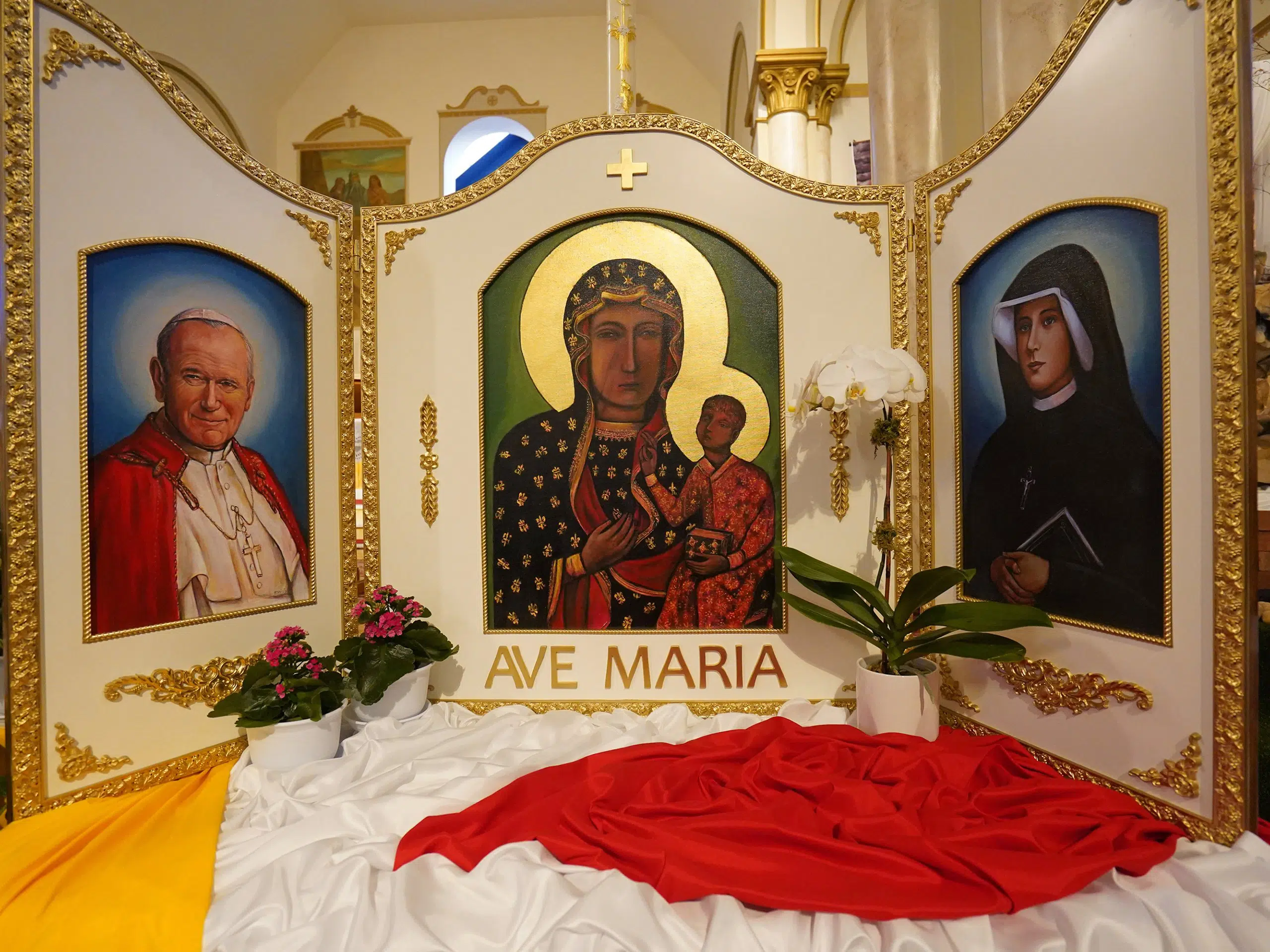Gospel Commentary April 16, Jn 20:19-31
The Gospels are filled with the unexpected at every turn. The Messiah arrives born of a virgin, not in glory but in a cave. Christ chooses not John the Baptist, whose fidelity is already proven, but the apostles, only one of whom will remain with him to the end. When Christ comes back to his hometown to preach, he works no wonders. When the crowds grow excited over his miracles, he rebukes them, confuses them and hides himself. Above all, he gives himself over to death just after defeating his opponents publicly and rises from that death on the third day.
Now, in this Easter season, the unexpected continues. The Lord enters the Upper Room, though the doors are locked, to speak with his apostles, all but one of whom had just betrayed him out of fear. Yet, he does not reject them, he does not remove them from their places, he does not come to haunt them like some vengeful specter. Rather, he says, “Peace be with you.” He meets their fear, self-reproach, discouragement, incredulous new hope, and astonishment with peace and with mercy.
On this Sunday, named by St. John Paul II for Divine Mercy itself, we should consider exactly what this mercy is and how the Lord displays it. The Lord forgives the apostles their lapse in fidelity in a very specific way, namely, he appears to them physically, showing his wounds. He could have accomplished this in other ways, either through an impersonal act of interior enlightenment, through a disembodied voice announcing their forgiveness, but he chooses to show them the wounds that he voluntarily suffered for their sins, both as a proof of love, and a proof of his continuing glorified life. He lets them see their salvation with their own eyes, and when Thomas requires more convincing, he lets him touch the marks of redemption and love.
The Divine Mercy image St. Faustina Kowalska commissioned at Jesus’ request speaks to us in exactly the same fashion. The Lord shows his wounds. With his pierced hands, he touches his heart, from which flow red and white streams, red for the blood in which he bathes sinners, and white for the water with which he purifies those who have already undertaken the road to holiness. Thus, the words printed at the bottom of the official image, “Jesus, I trust in you,” are connected to the Lord’s wounds. We trust him because he has demonstrated his love, goodness and mercy through his suffering on our behalf. It is the same physical assurance that he offers the apostles. It is indeed nothing other than mercy for us as sinners to meet the Lord, hear his voice, see his face, touch his wounds. He did not have to come to us at all, yet he chooses not only to show himself, but to offer us forgiveness through direct contact with him.
Even greater than the Divine Mercy image that we consider today are the visible signs we have of the Lord’s mercy in the sacraments. At Mass, we look on the body of the Lord, broken for our sake, and on his blood poured out for us. If we are prepared, we may even receive them. In confession, we hear with our own ears the words, “I absolve you from your sins,” and we are bathed in that same blood of Christ, which instantly purifies even the most impure hearts. On this day, we do not have to envy the apostles for their direct experience of the Lord — nor be content only with an image, divinely inspired and venerable though it is — but instead can glory in the goodness of divine mercy, which even today lets us touch his wounds for healing.
Fr. Rampino is parochial vicar of St. Ambrose Church in Annandale.



Pentecost Sunday